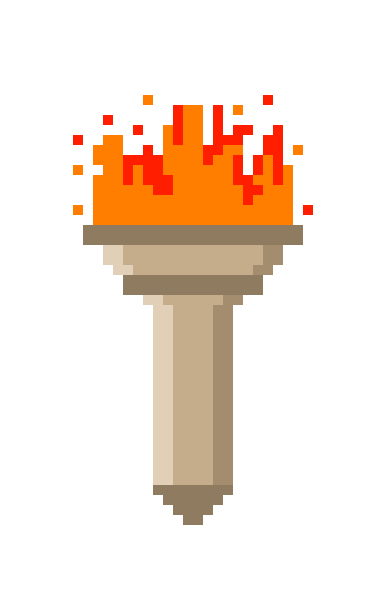Beetlejuice Cartoon
Later, this already great intro was replaced by an even more slick and snazzier version below:
Differences between the animated series and live-action film:
The premise of the animated series was greatly changed from the film, to the point where one only superficially resembled the other. Where in the film, Beetlejuice is the antagonist who ends up nearly marrying a disgusted Lydia, in the series they are best friends, and Lydia, socially misunderstood in the living world, frequently visits him in the afterlife. The Maitlands, the most significant characters in the film, are nowhere to be found in the series. Unlike the mind-numbing bureaucracy of the movie, the afterlife was converted into the “Neitherworld”, a bizarre and humorous parody of the real world, with the fact of it being the afterlife only rarely mentioned.
Episode formula
Episodes generally centered around the ghostly con-man Beetlejuice, his best (and only real) friend Lydia, and their adventures together in both the Neitherworld and the “real world”, a fictional New England town called Peaceful Pines (“Winter River” in the film). Beetlejuice’s core character, that of a ghostly con artist, remained the same, although in the cartoon he did not display the adamant lechery he did in the film outside of occasionally asking for a kiss. Lydia’s character went through comparatively greater change; she became far less “goth” than she was portrayed as in the movie and was presented as an upbeat girl who simply liked “weird” things such as spiders and horror movies (although, conversely, she tends to dress more gothically in the show than in the movie.) As in the film, Lydia could summon Beetlejuice out of the Neitherworld (or go there herself) by calling his name three times or as part of a chant:
“Though I know I should be wary,
Still I venture someplace scary;
Ghostly hauntings I turn loose …
Beetlejuice, Beetlejuice, Beetlejuice!”
Occasionally, there are other effects of this chant (for example, Lydia’s room changing to a gothic castle, or instead of Beetlejuice appearing, sometimes she goes to the Neitherworld).
Humor:
The show’s humor relied heavily on sight gags and wordplay, some of which was fairly sophisticated for its intended target audience, making it a favorite of a wide range of age groups. Many episodes, especially towards the end of the run, were parodies of famous films, books, and TV shows. It was kept clean (figuratively) in that it didn’t involve drugs or alcohol outside of mentioning that an old western town didn’t have a saloon because of the time slot.
Throughout the series, Beetlejuice would often try to scam residents of the Neitherworld — and, sometimes, the “real world” as well (Lydia’s parents were occasional unwitting victims of his pranks) — through various means, whether it be via baby-sitting (in which he actually sits on the babies) or trying to beat them in a race. Only Lydia, it seemed, was immune to his tricks; it was explicitly stated at several points that she was the only person Beetlejuice couldn’t deceive. It is also revealed that Beetlejuice is afraid of one thing more than anything else: Sandworms. This was hinted at in a single line of dialogue in the movie but expanded on greatly here. They appear as purple and green snake-like creatures with two pairs of eyes on top of each other and stegosaurus-like spines on their backs. Beetlejuice also has a major problem with nice things.
Series run
The series was a breakout hit for ABC in its initial season, and later became one of the first animated series to air on FOX’s weekday afternoon children’s lineup. This led to a situation whereby Beetlejuice was being seen Monday through Friday on FOX while still remaining on ABC’s Saturday morning schedule, making it one of the few shows in American television history to be aired concurrently on two different broadcast networks. Beetlejuice has aired in re-runs on Nickelodeon and Cartoon Network, and will air on Warner Bros. and AOL’s new broadband internet channel Toontopia TV.
